SOILLESS
Hydroponic Greenhouses
Soilless Agriculture
The easy access of nutrients that plants need to grow efficiently increases their productivity. As TurnkeyGreenhouse.com, it provided financial support to universities in terms of yield analysis on soilless cultivation and R & D activities on different cultivation methods, and supported research on yield differences of new methods and existing methods in soilless agriculture.
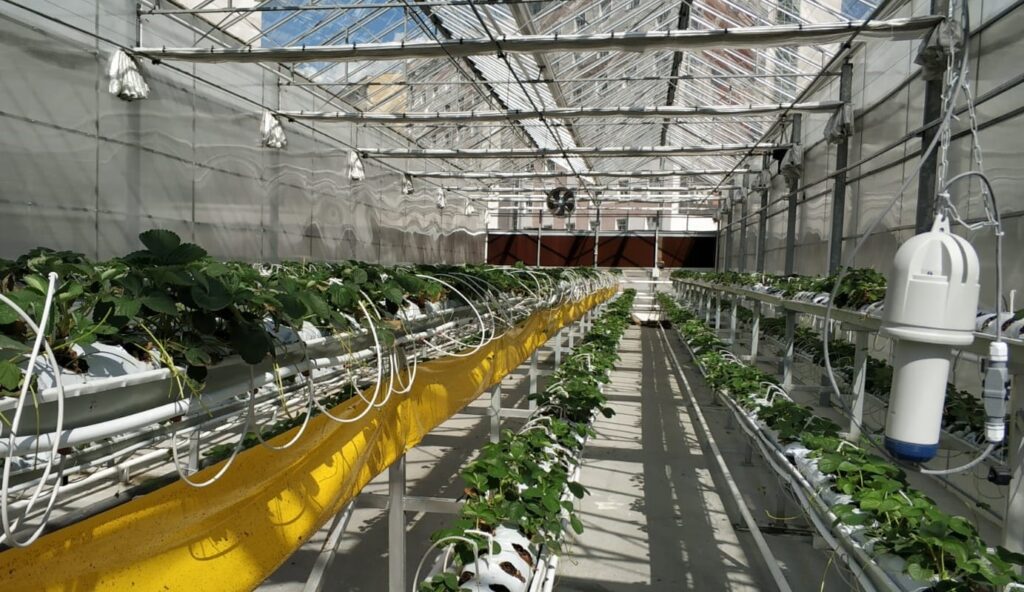
Types of Hydroponic Greenhouses
Hydroponic Tomato Greenhouse
Hydroponic Strawberry Greenhouse
Hydroponic Lettuce Greenhouse
Seedling Greenhouses
Hydroponic Tomato Greenhouse
- The tomato plant grows in a warm and temperate climate zone.
- It is not desirable for the climatic conditions to drop to minus degrees, and it is generally desired that the late spring frosts end when planting the seedlings.
- In soilless tomato greenhouses, instead of soil, other soilless plants are used as the stopping point of the plant.
- It protects the plant from soil-borne diseases by using agricultural equipment (cocopeat, perlite, etc.).
- In the Hydroponic Tomato Greenhouse, the forehead of the greenhouse should be facing south and north. should settle on the land. The sides should be facing east and west. In other cases, the plant’s light uptake is blocked.
- In addition, the ability to intervene in the content of soilless agricultural equipment (cocopeat, perlite, etc.) according to the growth phase of the plant or in case of nutrient deficiency that may occur in the plant ensures that the control is in the hands of the producer.
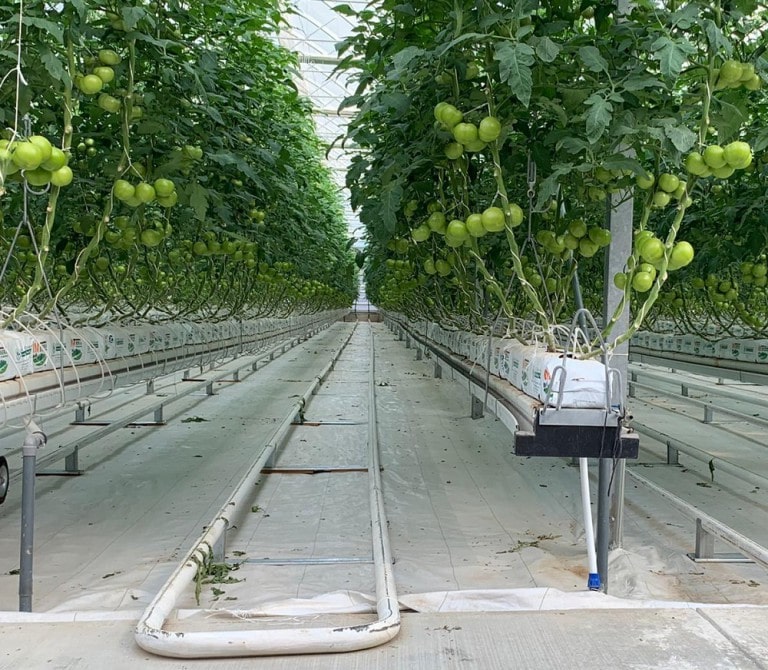
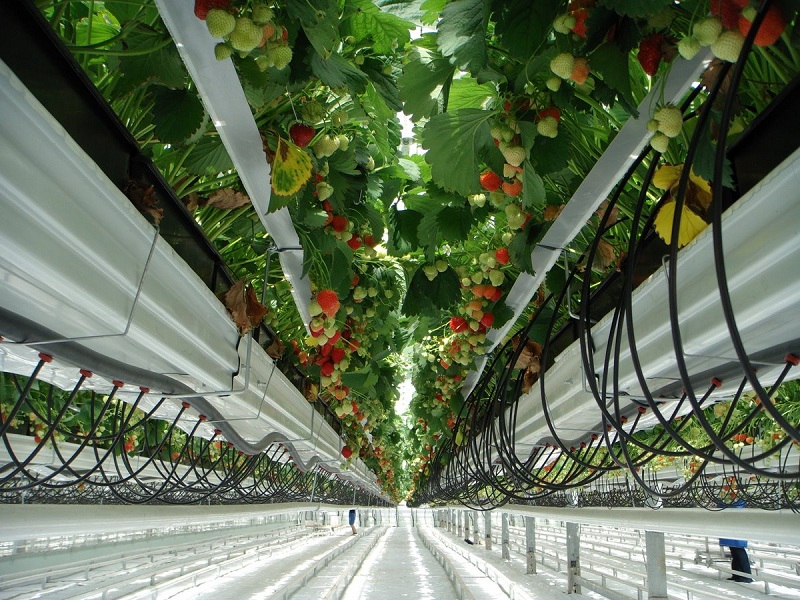
Hydroponic Strawberry Greenhouse
- Strawberries grow well at temperatures of 15.5 °C to 26.5 °C, but this growth slows down acceptably at temperatures below 10 °C. At high temperatures above 26.5 °C, quality parameters such as fruit firmness and water-soluble substance content may be adversely affected. breeding environment;
- As an alternative to soil, many solid waste materials such as peat, perlite, cocopeat can be used as growing media.
- Advantages of a soilless strawberry greenhouse; • It increases the number of seedlings planted. • Due to the increase in the number of seedlings planted, productivity increases significantly. • It allows plants to be fed in a controlled manner. • Fruit quality and flowering can be easily controlled. • Less water and fertilizer are used. Thus, aquaculture is carried out with a low cost. • It prevents the emergence of soil-borne diseases and pests. • Soil preparation is not involved in the planting phase. • It is harvested much more easily.
Hydroponic Lettuce Greenhouse
- The ease of production of this plant, which has low nutritional needs and high consumption, is also the reason for choosing it in the hydroponic system.
- The most important factors in soilless agriculture are sunlight, fertilizer and aeration. Therefore, it is important to design the greenhouse area in accordance with these factors.
- Lettuce seedlings should be placed at certain intervals, not cramped, and it should be ensured that the irrigation system is smooth. It should be ensured that the roots benefit from water and each seedling should be carefully planted.
- The humidity of the environment is also very important and the humidity setting should be done well. Otherwise, lettuce may rot prematurely in an excessively humid environment.
- Care should be taken to ensure that the lettuce receives the same amount of light and air, and the greenhouse should be ventilated from the top.
- In general, curly-style lettuces grow and mature in close to 2 months. It is important to harvest the lettuce on time.
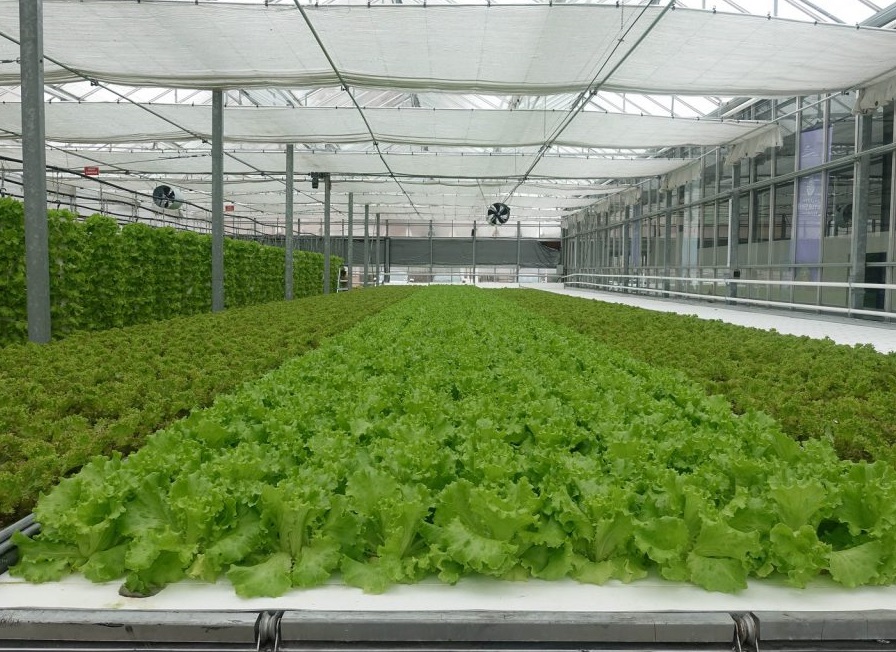
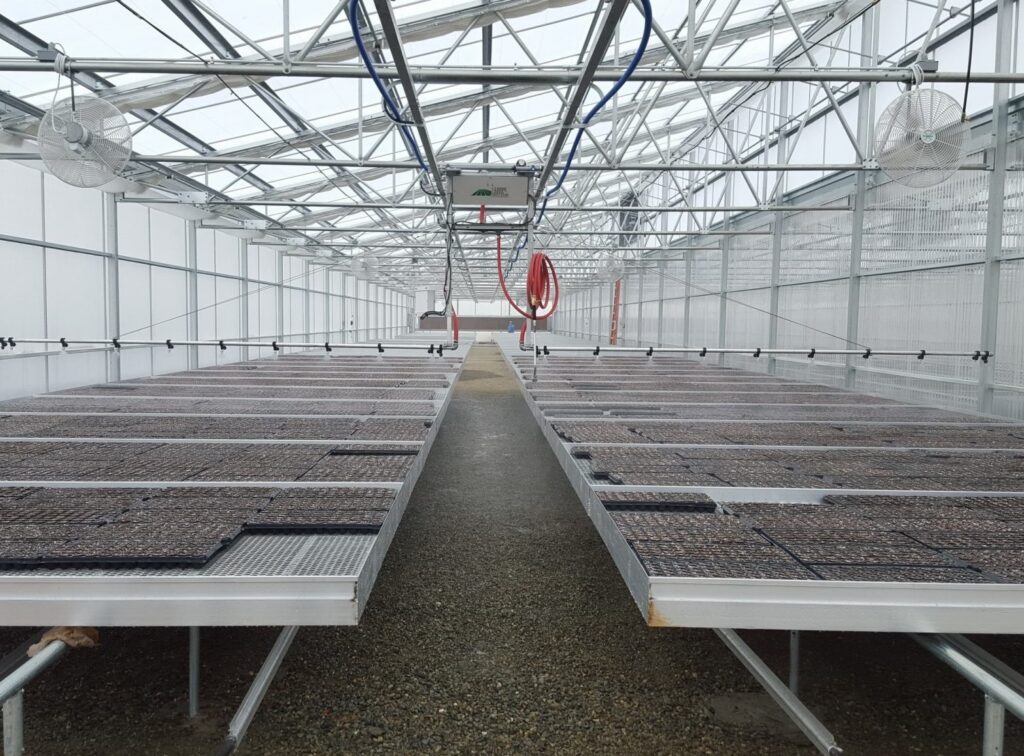
Seedling Greenhouses
- Seedlings are grown in greenhouses, seedling pillows, pots or tubes.
- In tube seedling cultivation, the seeds of both summer and winter vegetables are sown in crates, plastic bags, pots, or viols.
- Seeds germinating in viols should be placed under the greenhouse for winter vegetables and in a shaded environment for summer vegetables.
- Strong winds cause mechanical damage.
- Irrigation water should be of high quality and easily available.
- In addition to irrigation, there should be enough water as water will be used for temperature control and humidification.
- Loamy, humus-rich, nutrient-rich, water-holding soils should be used for greenhouses.
